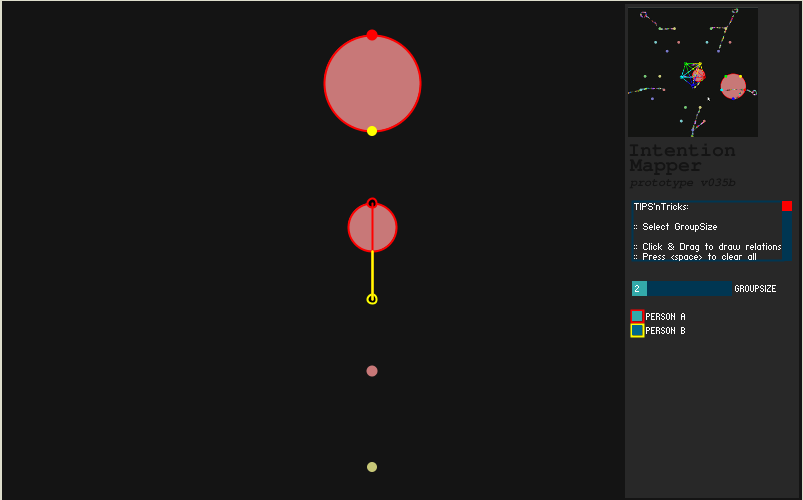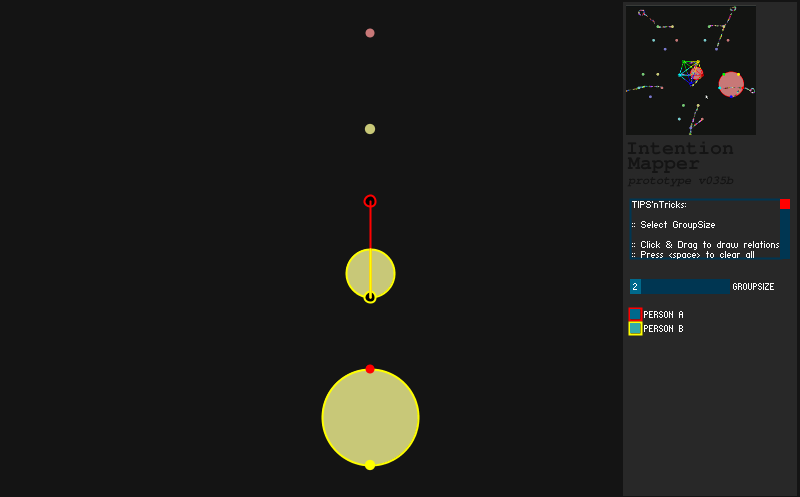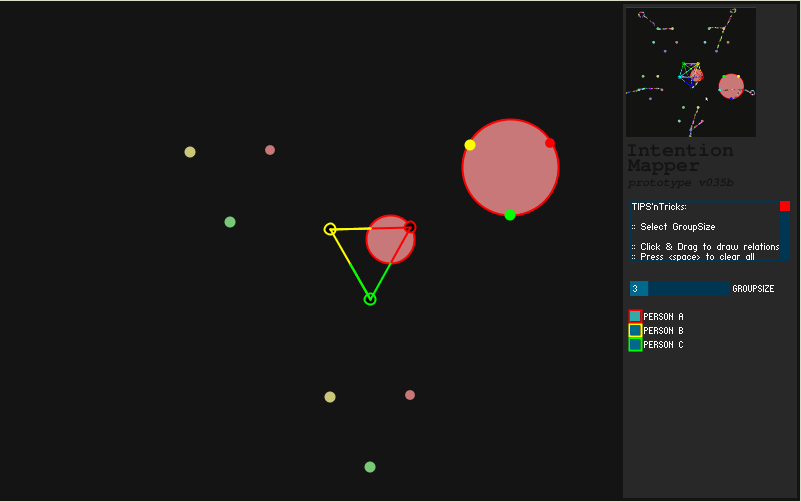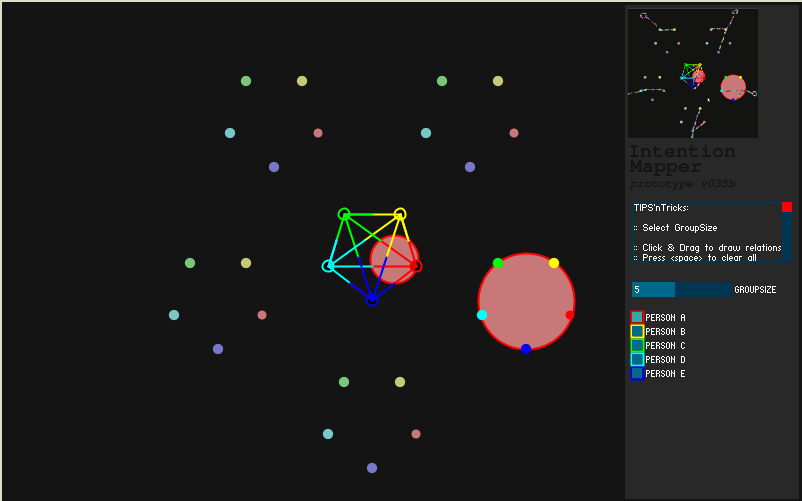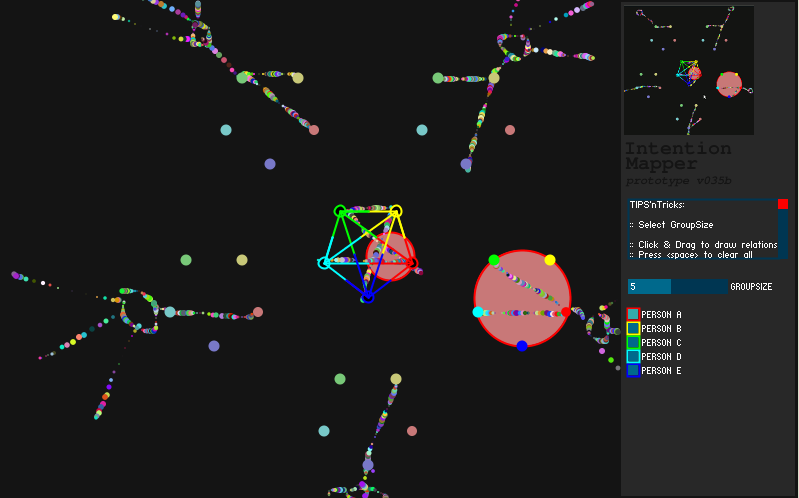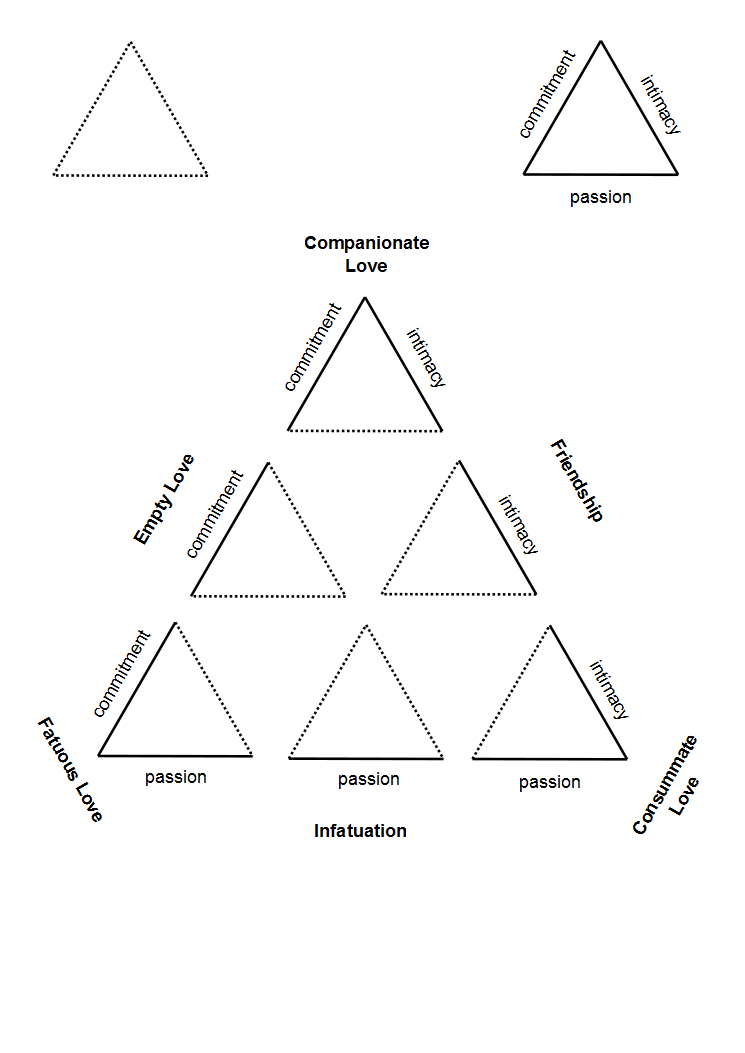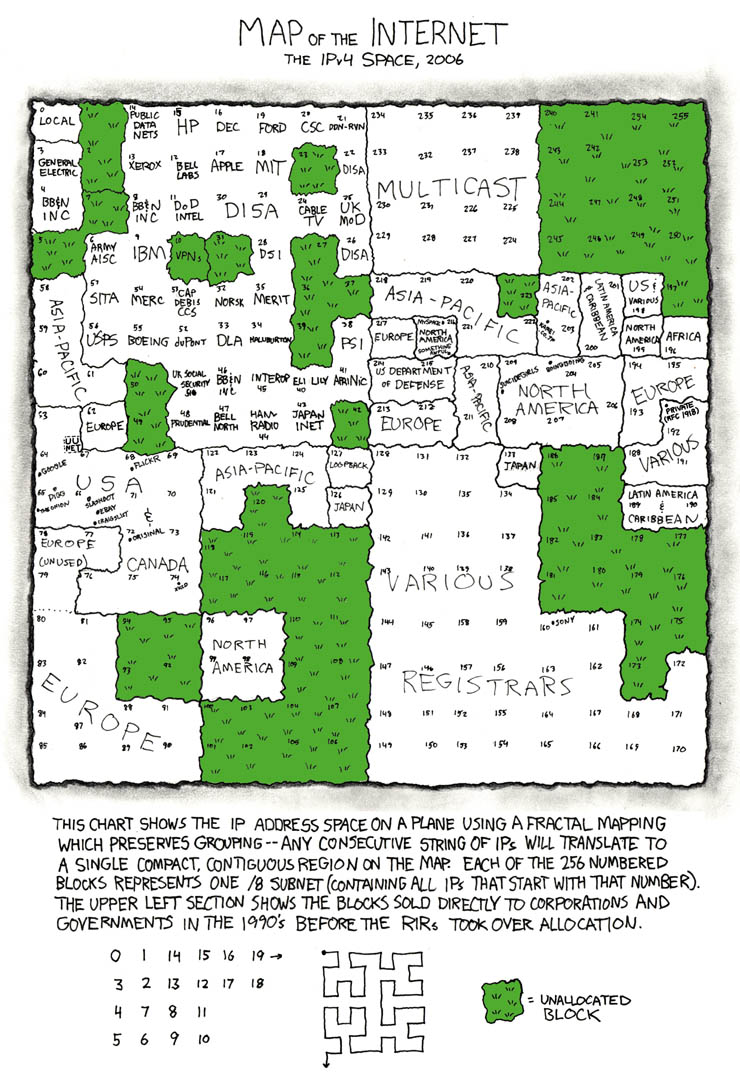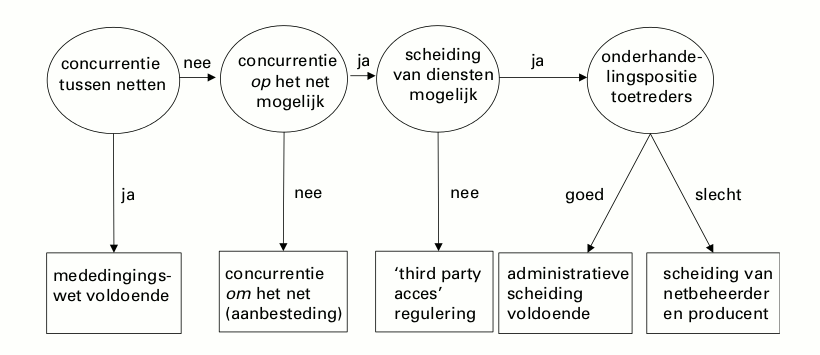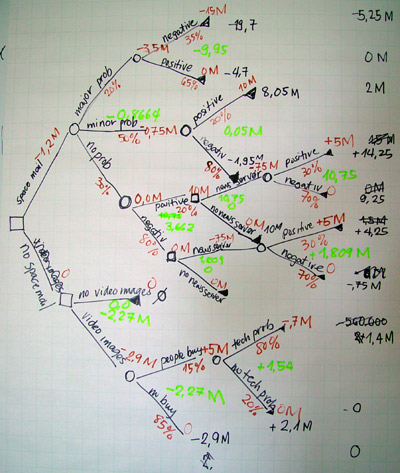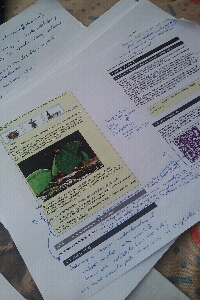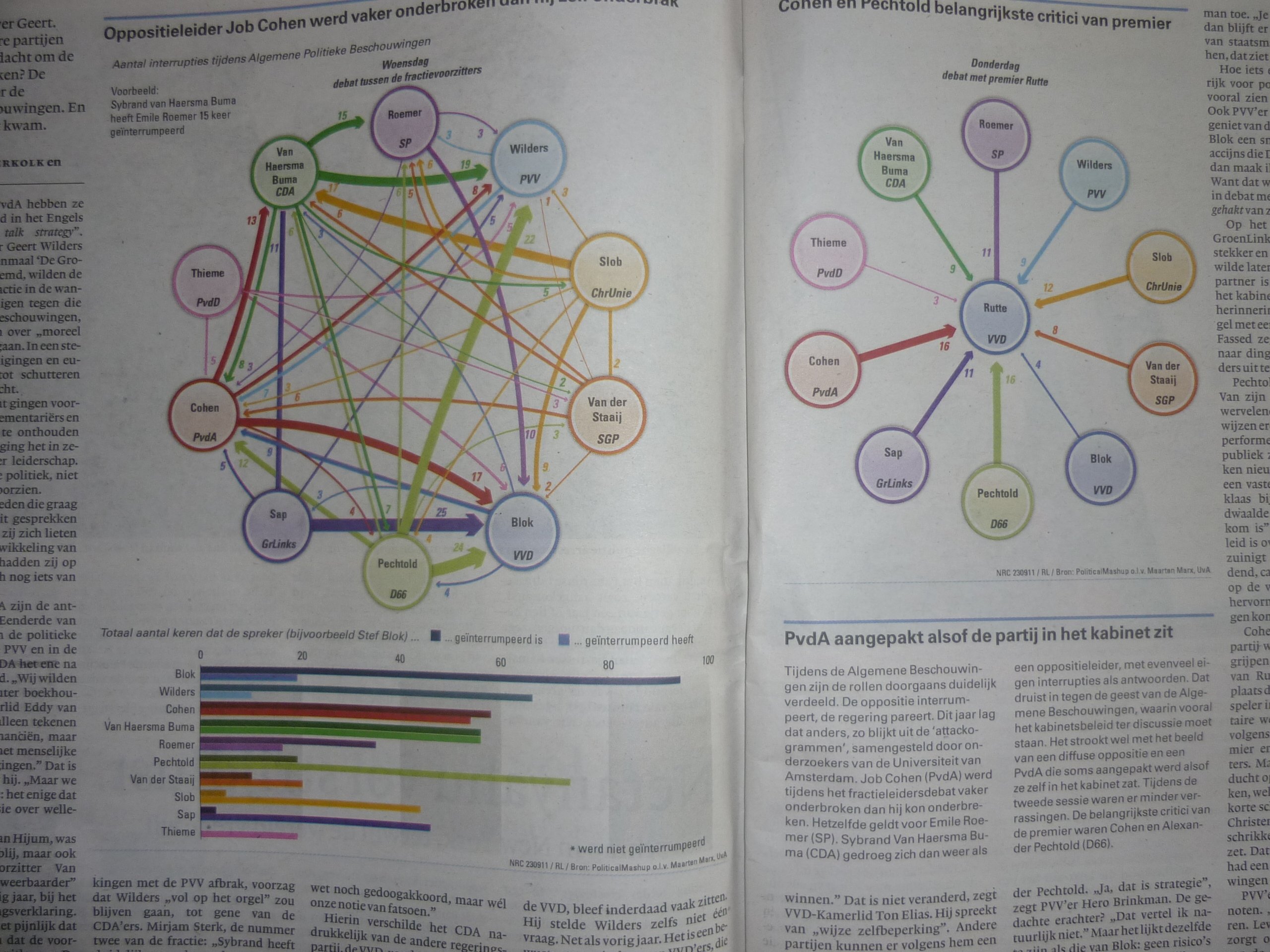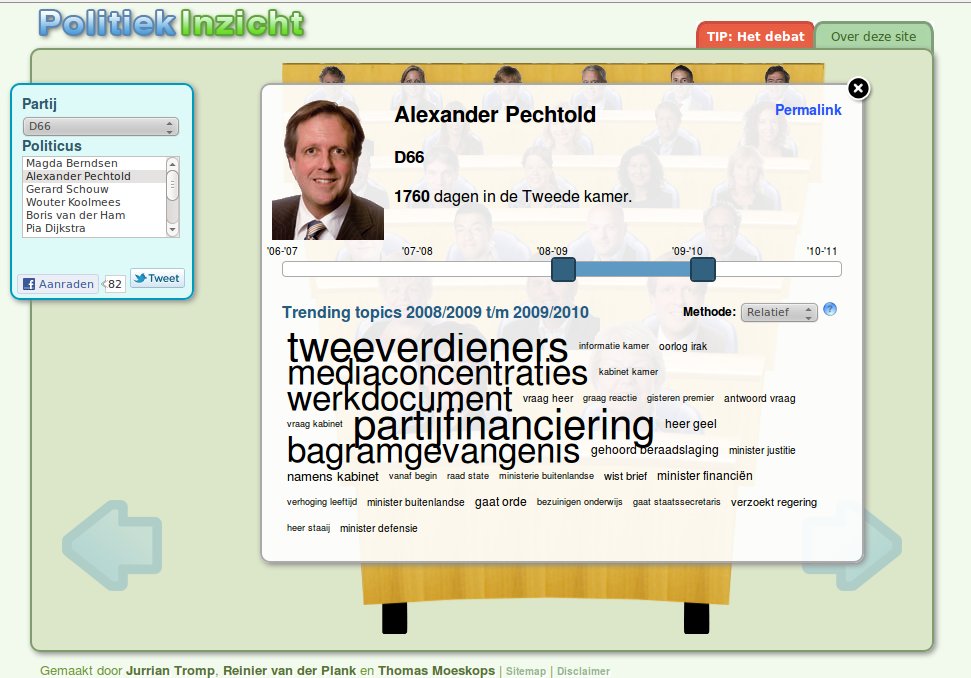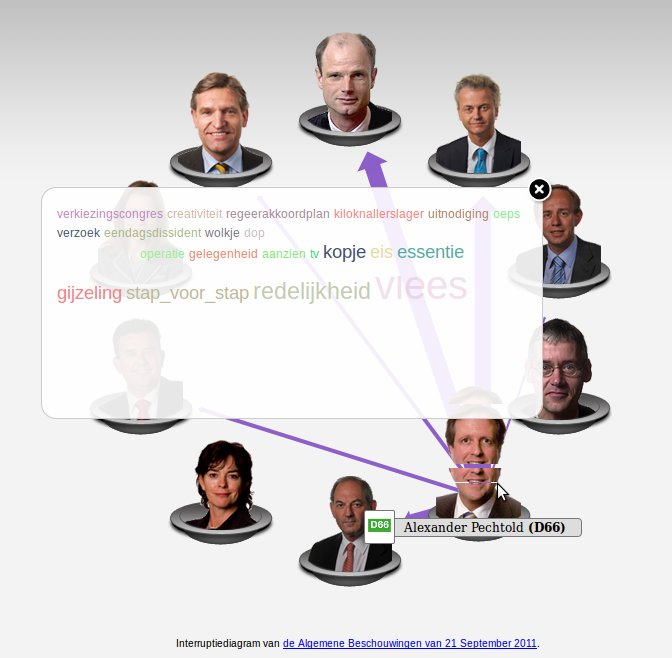I started reading an article “Computational modeling of visual attention“, by Itti & Koch, 2001. First conclusion: ‘perceptual saliency of stimuli critically depends on the surrounding context’. It deals with the idea of a (single) lady in a red dress.
Further reading on centre-surround mechanisms, brought me to this news article: “Visual Attention: How The Brain Makes The Most Of The Visible World” (ScienceDaily 2011), based on two articles of Sundberg, Mitchell and Reynolds, plus Reynolds and Heeger.
(Credit: Salk Institute for Biological Studies)
“When we instead direct our attention to a stimulus in the surround — the violinist let’s say — the neuron’s response to the now irrelevant bassist is suppressed.”
I response to the neuron-metafor used in my previous post, let’s do a thought experiment and quote the the news article and replace specific words:
Neurons Persons in the visual cortex group view the world through their “receptive fields,” the small portion of the visual field individual neurons persons actually “see” or respond to. Whenever a stimulus falls within the receptive field, the cell group member produces a volley of electrical spikes thoughts and/or responses, known as “action potentials” that convey information about the stimulus in the receptive field.
But the strength and fidelity of these signals also depends on other factors. Scientists generally agree that neurons persons typically respond more strongly when attention is directed to the stimulus in their receptive fields. In addition, the response of individual neurons individuals can be strongly influenced by what’s happening within the immediate surroundings of the receptive field, a phenomenon known as contextual modulation.
“The surround has the ability to suppress the neuron’s persons response,” explains first author Kristy Sundberg, Ph.D., a former graduate student in Reynolds’ lab and now a postdoctoral researcher at Yale University. “It keeps us from responding all the time if there’s something that’s big and uniform and not particularly interesting or useful. This raised the possibility that the receptive field surround might provide a way to suppress the responses of task-irrelevant distracters.”
The text above seems to describe one previously found metafor.
Reading further on computational modeling, Itti and Koch state:
So, whereas certain features in the visual world automatically attract attention and are experienced as ‘visually salient’, directing attention to other locations or objects requires voluntary ‘effort’. Both mechanisms can operate in parallel. {Luckily we are not blind to the world outside our attention span}
…
Attention {1} allows us to break down the problem of understanding a visual scene into a rapid series of computationally less demanding, localized visual analysis problems. In addition to these orientating and scene analysis functions, attention {2} is also characterized by a feedback modulation of neural activity for the visual attributes and at the location of desired or selected targets. This feedback is believed to be essential for binding the different visual attributes of an object, such as colour and form, into a unitary percept. By this account, attention {3} not only serves to select a location of interest but also {4} enhances the cortical representation of objects at that location. As such, focal visual attention has been compared to a ‘stagelight’, successively illuminating different players as they take centre stage. Finally, attention {5} is involved in triggering behaviour, and is consequently intimately related to recognition, planning and motor control.
Visual attention is a principle also used by chess players, recognizing game states. However, when in a meeting, I asume groupmembers are not consiously aware of some sort of mindmap at hand. Two questions arise: (1) do we use a similar principle -like visual attention- when dealing with a narrative or a more abstract dialogue? Or don’t we? (2) What is the relation of principles known as ‘association’ and ‘priming’ to the constructs of visual attention?
Itti & Koch focus on focal bottom-up attention, and not on top down, volitional component of attention. If I understand this correct, this latter aspect seem scloser related to the second question regarding ‘association’ and ‘priming’.
All together, Itti & Koch describe (a) the dependance of saliency on context, (b) the idea model of a salience map, (c) the principle of Inhibition of return, (d) an ‘control/coordinate’ interplay of attention and eye-movement and (e) how sceneunderstanding and object recognition constrain selection of attention.
